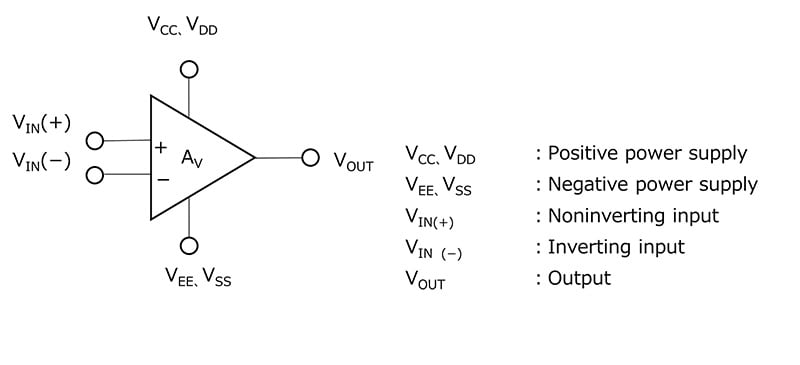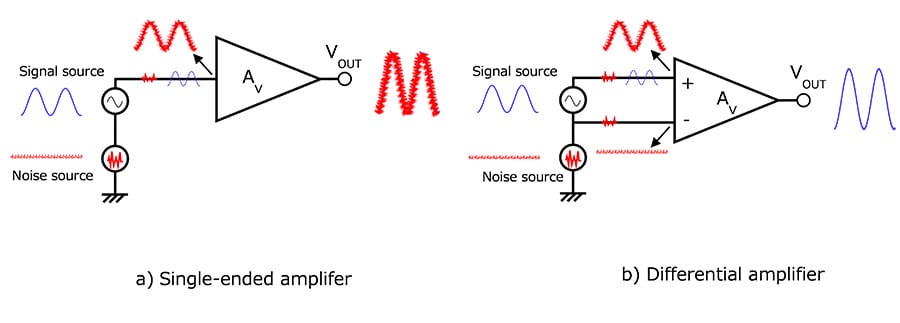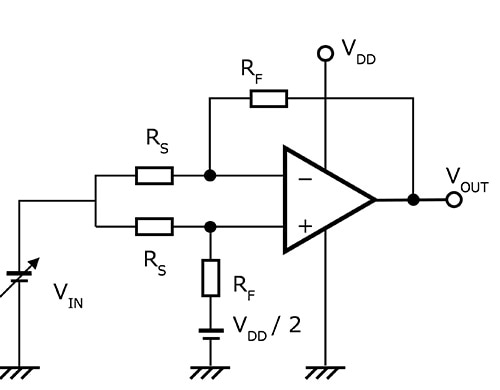- General Top
- SEMICONDUCTOR
- STORAGE
- COMPANY
-
My ToshibaSemicon
- Semiconductor Top
-
ApplicationsAutomotive
Body Electronics
xEV
In-Vehicle Infotainment
Advanced Driver-Assistance Systems (ADAS)
Chassis
IndustrialInfrastructure
BEMS/HEMS
Factory Automation
Commercial Equipment
Consumer/PersonalIoT Equipment
Healthcare
Wearable Device
Mobile
Computer Peripherals
-
ProductsAutomotive Devices
Discrete Semiconductor
Diodes
Transistors
Logic ICs
Analog Devices
Digital Devices
Wireless Devices
※
: Products list (parametric search)
Power SemiconductorsSiC Power Devices
※
: Products list (parametric search)
Isolators/Solid State RelaysPhotocouplers
Digital Isolators
Solid State Relays
Fiber Optic Transmitting Modules
※
: Products list (parametric search)
MOSFETsIGBTs/IEGTsBipolar Transistors※
: Products list (parametric search)
Diodes※
: Products list (parametric search)
MicrocontrollersMotor Driver ICsIntelligent Power ICs※
: Products list (parametric search)
Power Management ICsLinear ICs※
: Products list (parametric search)
General Purpose Logic ICsLinear Image SensorsOther Product ICsOther Product ICs
※
: Products list (parametric search)
-
Design & Development
Design & Development
Innovation Centre
At the Toshiba Innovation Centre we constantly strive to inspire you with our technologies and solutions. Discover how to place us at the heart of your innovations.
-
Knowledge
Knowledge
Highlighted Topics
Further Materials
Other
- Where To Buy
- Part Number & Keyword Search
- Cross Reference Search
- Parametric Search
- Stock Check & Purchase
This webpage doesn't work with Internet Explorer. Please use the latest version of Google Chrome, Microsoft Edge, Mozilla Firefox or Safari.
require 3 characters or more. Search for multiple part numbers fromhere.
The information presented in this cross reference is based on TOSHIBA's selection criteria and should be treated as a suggestion only. Please carefully review the latest versions of all relevant information on the TOSHIBA products, including without limitation data sheets and validate all operating parameters of the TOSHIBA products to ensure that the suggested TOSHIBA products are truly compatible with your design and application.Please note that this cross reference is based on TOSHIBA's estimate of compatibility with other manufacturers' products, based on other manufacturers' published data, at the time the data was collected.TOSHIBA is not responsible for any incorrect or incomplete information. Information is subject to change at any time without notice.
require 3 characters or more.
What is the purpose of using a differential amplifier such as an op amp? (Common-mode rejection ratio: CMRR)
Differential amplifiers are used mainly to suppress noise.

Noise consists of typical noise (differential noise) and common-mode noise. Since the differential amplifier amplifies the difference between the two inputs (Non-inverting input VIN(+) and inverting input VIN(-)) , it can easily attenuate common-mode noise in which the same noise is applied to the differential input terminals.
There are two main causes of common-mode noise:
1.Noise is generated in the wires and cables, due to electromagnetic induction, etc., and it causes a difference in potential (i.e., noise) between the signal source ground and the circuit ground.
2.Current flowing into the ground of a circuit from another circuit causes a ground potential rise (noise).
VOUT = AV x [{VIN(+) + Vnoise} - {VIN(-) + Vnoise}]
= AV x {VIN(+) - VIN(-)}
In both 1 and 2 above, the ground potential, a reference for a circuit, fluctuates because of noise. It is difficult to remove common-mode noise with typical filters. Differential amplifiers are used as a means of suppressing common-mode noise.
The op-amp configures this differential amplifier as the main circuit. The symbol in Fig. 1 shown below represents a differential amplifier (operational amplifier) . It has two inputs: VIN(+) and VIN(-). The output voltage is equal to a difference in voltage between the two inputs multiplied by the amp’s gain (AV):
VOUT = AV x {VIN(+) - VIN(-)}
In this way, common-mode noise superimposed on the op amp input stage is eliminated. However, if noise is superimposed on the GND or power supply of the op amp, this noise will be superimposed on the output.

Suppose that common-mode noise (Vnoise) is superimposed on the differential inputs in Fig. 2 (b) . Then,
VIN(+)‘ = VIN(+) + Vnoise
VIN(-)‘ = VIN(-) + Vnoise
Hence, the output is expressed as follows. This indicates that the differential amplifier cancels out common-mode noise:
VOUT = AV x [ { VIN(+) + Vnoise } - { VIN(-) + Vnoise } ] = AV x { VIN(+) - VIN(-) }

The common-mode rejection ratio (CMRR) is specified as one of the electrical characteristics of an op-amp.(See Table-1 Example of electrical characteristics in the data sheet )
CMRR is the ratio of common mode gain to differential gain.
Theoretically, the op amp should not amplify the common mode signal at all. However, in reality, due to the effects of internal element variations, etc., there is a slight effect of a common-mode signal on the output terminal. For this reason, CMRR is standardized as a measure for removing common-mode noise.
This factor is a minute deviation of the input voltage due to the input offset voltage.
(Please refer to FAQ: What is the input offset voltage of an op-amp?)
What is the input offset voltage of an op-amp?
The offset voltage is specified on the datasheet with input voltage = VDD/2. However, this voltage is not a fixed value and varies depending on the magnitude of the input voltage.
For this reason, the circuit shown in Fig. 3 is defined by the following formula.
CMRR = 20 x log ( | ( VIN1 – VIN2) / ( VOUT1 – VOUT2 ) | x ( RF + RS ) / RS )
When VIN = 0.0 V, VIN = VIN1 and VOUT = VOUT1
When VIN = 2.5 V, VIN = VIN2 and VOUT = VOUT2

Related Links
The following documents also contain related information:



